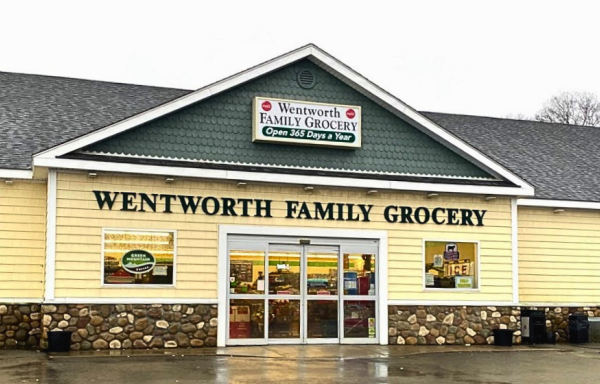
Bob Threewitts raises heavy broilers in one of the top poultry producing and processing regions of the U.S., so he knows a thing or two about making his operation more productive and profitable. The solar panels he installed a little over two years ago check both boxes and will soon enable him to pass on a debt-free farm to his children.
The Rockingham County grower bought Twin Oaks North in 2011 to bring his son Chris into a business that already included a cow-calf operation on 350 acres with about 50 additional rented acres to raise forage for the cattle and sell a little hay. He built two houses and got the first birds in September 2012, adding a third house about a year and a half later.
These operations are big energy users, requiring a lot of power to pump water and run large fans to cool the birds when temperatures start to rise. Threewitts says his bills were running anywhere from $2,500 to $2,700 in the summer months and he knew that electric rates would only continue to go up.
He waited a year before making a move and then started looking for a company to design the system. In the process, he found that comfort isn’t just the key to raising healthy birds. It’s also important for producers making the switch to solar.
“We talked with four people about the project,” says Threewitts. “Some decided not to come into this market, and one was bought out by another outfit. We were more comfortable with the track record and history of Paradise Energy. They had people I knew, and we got along well with them. I can still call them up today with the simplest question and they’re right there for me.”
Technical assistance providers like Paradise Energy are familiar with USDA Rural Development’s Rural Energy for America Program (REAP), which can make these systems more affordable. Their services include helping growers prepare and submit funding applications.
“They brought the REAP option to us when we were doing our homework,” says Threewitts. “Luckily, we got the grant. We probably would have done the project if we hadn’t, but the funding sure made it a whole lot more palatable.”
Like most farmers, Threewitts considers himself a conservationist but doesn’t want to take good land out of production. He placed his solar array on a berm beside one of the houses because it wasn’t being used for any other purpose and flipped the switch on the 112-kilowatt system in mid-August of 2021.
While many producers choose to put panels on their roofs, Threewitts selected a ground-mounted option due to concerns about the weight of winter snows and compromising the integrity of the houses through the installation.
“Chickens produce a lot of ammonia, which is corrosive, and you’re telling me you want to drill 1,000 holes in my roof?” he explains.
The father-son team is raising about 130,000 birds in each 44 to 47-day cycle and seeing $25,000 to $30,000 in annual savings on electric costs. They haven’t had a true bill in more than two years and now pay what amounts to a demand charge of $122 per month to have current available in case of severe weather events.
“Obviously, what we don’t use goes back on the grid,” says Threewitts. “We don’t get paid for it, but it’s energy that’s not wasted. We were without birds for 19 days recently and weren’t using a lot of current. It was good that the power could go back on the line while the panels were just sitting here doing what they do and we’re energy efficient for the next guy.”
He adds that REAP is an even better deal now than when he applied and would encourage other producers to explore this resource. Though solar is still a sizable investment, the potential benefits are well worth the effort.
“When we did the grant, it covered 25 percent of the project costs,” says Threewitts. “It’s much more attractive now. If you deal with a company that has grant writers who know what they’re doing, those costs will drop by 50 percent of what they would have been if you did it on your own.”
The quick return on investment has been another big selling point, helping the family patriarch pay off his note in five to six years and making him a lot more comfortable about the future.
“I’ve got a few years on me, and our goal was to not burden our children with a debt,” says Threewitts. “We set up these houses on a 10-year depreciation and the farm at 15 years. From a profitability standpoint, these steps will allow the next generation to easily move on to other projects.”


